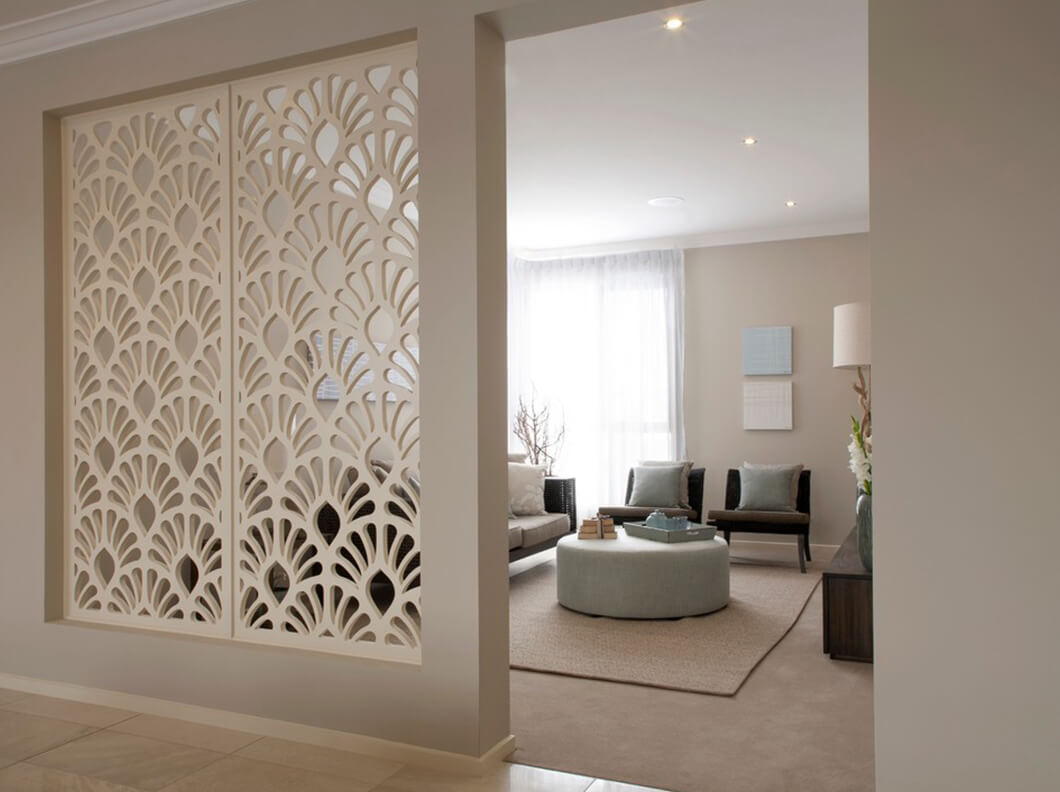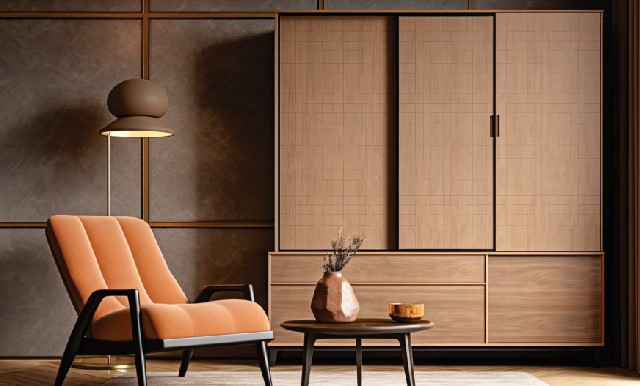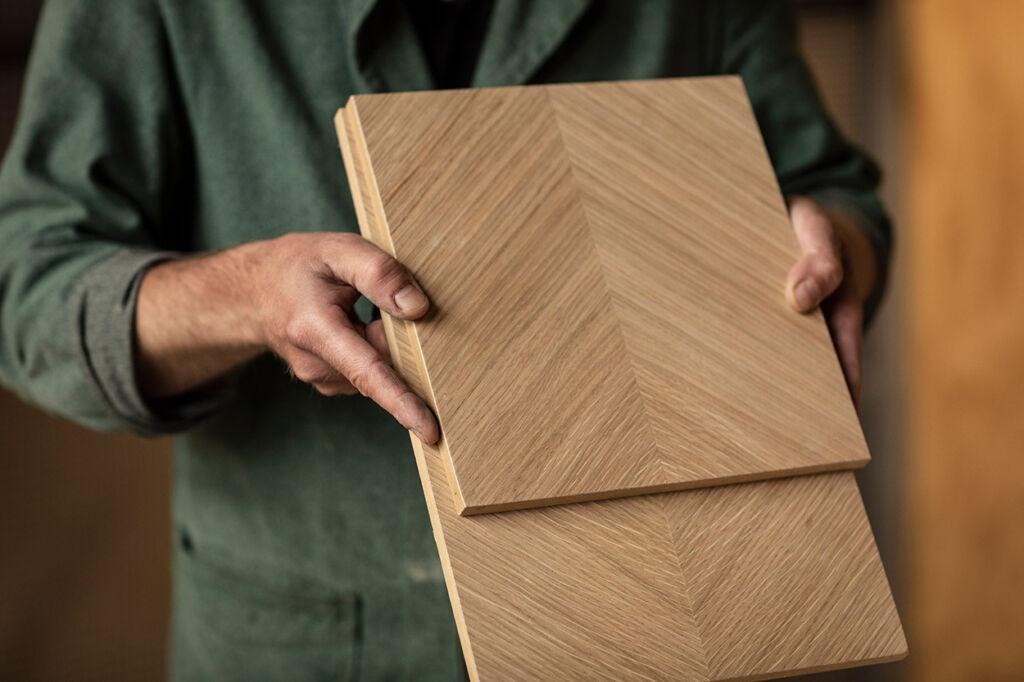
Why MDF Is the Designer’s Material for Modern Furniture
Share
Step into any modular factory or carpentry workshop today, and you’ll see one material in abundance — MDF. From wardrobe shutters to decorative wall panels, MDF has become the material of choice for modern interiors that demand clean design, smooth finishes, and cost efficiency.
But what makes MDF so versatile? Why are designers increasingly choosing it over solid wood or plywood?
Let’s decode why Medium Density Fibreboard (MDF) has become the designer’s best friend in 2025 interiors.
1. What Is MDF and How Is It Made?
:max_bytes(150000):strip_icc()/AlexPotemkinfiberboard-5c08130946e0fb00010bd428.jpg)
MDF, or Medium Density Fibreboard, is an engineered wood product made by breaking down hardwood or softwood into fine fibers. These fibers are bonded with resin under high temperature and pressure, forming a dense, smooth, and uniform board.
Unlike plywood, which has layers of veneer, MDF has a solid, consistent core — making it ideal for machining, carving, and painting.
At Khidki Homes, our MDF and HDHWR Boards are manufactured for precision — offering smooth surfaces, uniform density, and strong internal bonding for all modular and decorative applications.
2. Why Designers Love MDF

MDF’s popularity among interior designers comes down to three key advantages:
1. Perfectly Smooth Finish
Its uniform surface allows laminates, paints, and veneers to adhere seamlessly. No grain, no gaps — just clean perfection.
2. Machinability & Design Freedom
MDF can be easily CNC-routed, carved, or grooved — perfect for creating fluted panels, jali partitions, and decorative shutters.
3. Cost Efficiency
Compared to solid wood or high-grade plywood, MDF provides a sleek, modern look at a lower cost — without compromising on strength for indoor applications.
That’s why it’s used extensively in wardrobes, wall panels, TV units, and modular kitchen fronts.
3. MDF vs Plywood: Which to Choose and When
Both materials have their place — the secret is knowing where.
| Parameter | MDF | Plywood |
|---|---|---|
| Surface Finish | Smooth, ideal for laminates & paint | Textured, requires finishing layer |
| Strength | Best for decorative & vertical use | Stronger for structural applications |
| Workability | Easy to cut & route | Slightly harder to machine |
| Moisture Resistance | Moderate | High (BWP) |
| Cost | Budget-friendly | Higher, depending on grade |
For best results, many designers use MDF for decorative elements (like shutters and fluted panels) and Khidki Calibrated Plywood for carcasses and structural elements — ensuring both beauty and strength in one system.
4. Popular Uses of MDF in Modern Interiors

-
Wardrobe Shutters: Smooth panels for laminate or acrylic finishes
-
Wall Panels: Ideal for 3D CNC carving or fluting
-
TV Units & Partitions: Easy to paint or laminate for a seamless look
-
False Ceilings & Decorative Frames: Lightweight, easy to cut and install
When finished with Khidki Laminates or Khidki Acrylic Sheets, MDF can mimic high-end wood or stone finishes — while keeping projects efficient and affordable.
5. MDF Maintenance and Longevity

With proper care, MDF furniture can last for years.
Here are a few best practices:
-
Use edge banding to seal sides and prevent moisture seepage.
-
Avoid direct contact with water — especially in kitchens and bathrooms.
-
Clean using a dry or slightly damp cloth only.
For high-humidity conditions, HDHWR (High-Density High-Water Resistant) MDF boards are a smarter choice — offering enhanced protection and screw-holding strength.
6. The Sustainable Side of MDF
One of MDF’s greatest advantages is its eco-friendliness. It uses recycled wood fibers, reducing dependence on solid timber and minimizing waste.
Modern boards like Khidki MDF/HDHWR are made using low-emission adhesives and precision manufacturing — ensuring both environmental responsibility and consistent quality.
This makes MDF a sustainable material for designers who want aesthetics and accountability.
7. The Future of MDF in Interiors
As modular interiors become more automated, MDF’s compatibility with CNC machines and seamless finishability make it a cornerstone for the next generation of interior design.
Whether it’s a factory-built wardrobe or a site-assembled media unit, MDF bridges the gap between custom craftsmanship and mass precision — helping designers bring creativity to life, efficiently and beautifully.
📞 Call 08045888842 or visit www.khidkihomes.com to learn more about how MDF boards can elevate your next project — from smooth panels to statement walls.

